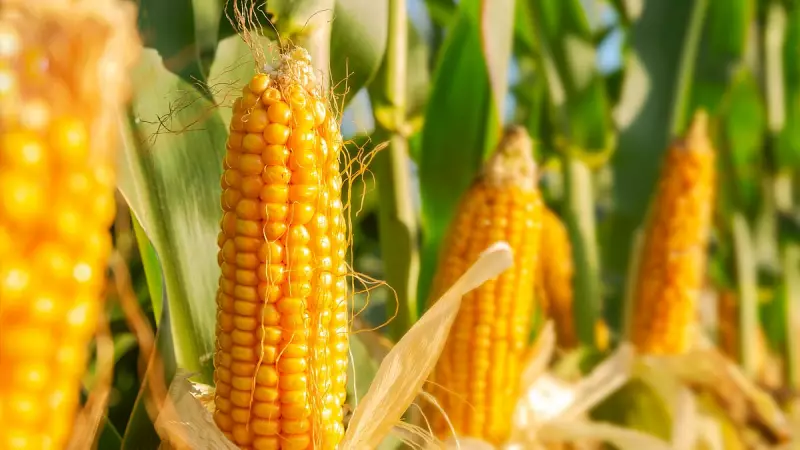
India's ambitious plan to power its vehicles with American corn faces significant hurdles that could stall this transcontinental green energy partnership. While the concept of blending US corn-derived ethanol with Indian petrol sounds promising, the practical implementation reveals a complex web of challenges.
The Economic Equation Doesn't Add Up
The fundamental problem lies in simple economics. American corn ethanol arrives in India carrying substantial price tags—shipping costs, import duties, and handling charges that make it significantly more expensive than domestic alternatives. When Indian oil marketing companies are already struggling with compressed margins, paying premium prices for imported biofuel becomes commercially unviable.
Domestic Agricultural Priorities Clash
India's own farm economy presents another major obstacle. The government has heavily invested in creating domestic ethanol production capacity, primarily using sugarcane and grain-based feedstocks. Diverting demand to American corn could undermine these domestic initiatives and alienate powerful farming constituencies who benefit from the current system.
Logistical Nightmares at Indian Ports
The physical handling of ethanol imports creates additional complications. Most Indian ports lack specialized infrastructure for ethanol storage and transportation. The flammable nature of ethanol requires dedicated handling facilities that simply don't exist at scale, creating safety concerns and operational bottlenecks.
Policy Paralysis and Implementation Gaps
Despite high-level discussions between Indian and US officials, concrete policy frameworks remain elusive. Critical questions about blending mandates, quality standards, and implementation timelines remain unanswered. Without clear regulatory pathways, oil companies are hesitant to commit to long-term procurement contracts.
The Environmental Debate Continues
Even the environmental benefits face scrutiny. Some experts question whether the carbon footprint of shipping ethanol across oceans negates its green credentials. The life-cycle emissions calculation becomes complicated when transportation factors are included in the equation.
While the vision of Indian cars running on American farm produce has diplomatic appeal, the ground realities suggest this biofuel partnership needs more than just political will to become commercially sustainable. The road ahead requires addressing fundamental economic, infrastructural, and policy challenges before US corn can realistically fuel India's green transportation revolution.





